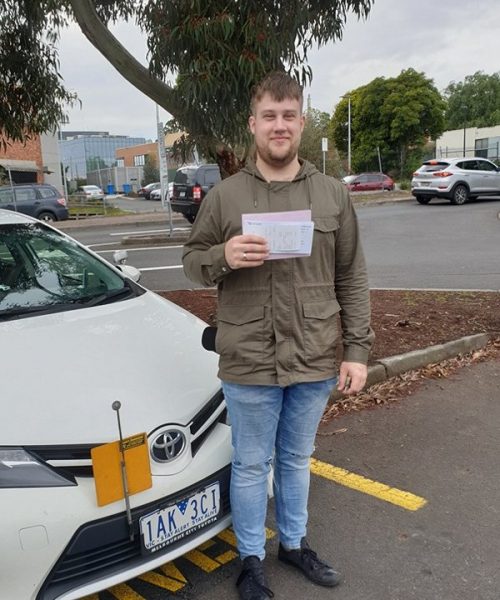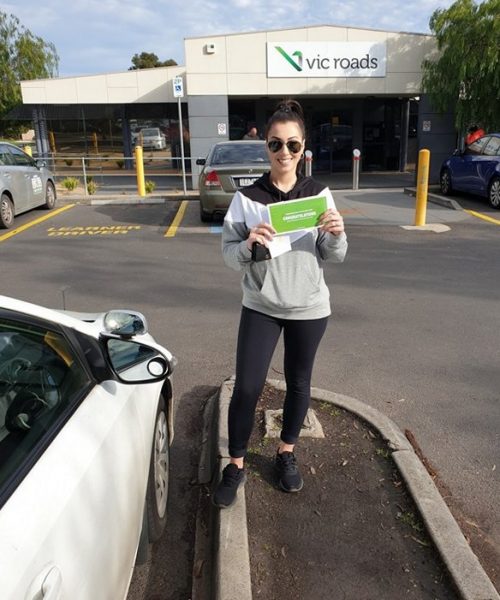Driving Lessons: Lane changing is one of the main skills one needs to master before driving on the roads. We see many drivers on the roads making wrong lane changes. Seasoned drivers have virtually mastered lane changes and don’t have any problem with it. For many others, like learner drivers, people who have a few years of experience and part-time drivers have a hard time changing lanes and sometimes is a nightmare to achieve.
The best way to achieve a safe journey is to plan a head of time. You need to perform this before you get to it so that you have an idea of how to tackle the myriad of circumstances one will face. There’s just so many variables to address when you plan to make a lane change.
Thus, changing lanes requires processing information and making a safe decision well in advance. The task of lane changing is perhaps easy but it requires planning and making lots of decisions on the way. For example, your decision is dependent on your driving speed and other things.
Few of our Learners Who've Passed the VicRoads Driving Test
Congratulations to all of them.
That’s why, we need to pay full attention to everything around ourselves: like the road conditions, the length of the road, the amount of traffic, pedestrians, speed limits, any passengers in the vehicle, your vehicle condition, performance of your vehicle and many others too. All play a vital role in making the right decision. Most of these things occur autonomously but, we need be consciously aware of these. When we plan correctly and in advance, the lane change becomes a lot easier and safer. Again, the number one priority is to check the road path ahead before you consider changing lanes. Observe any road hazards that could become life threatening and take precaution for them.
We know that just by driving on the roads puts you and everyone in harms way. That is why you should be wide awake and alert to any potential hazards from developing. The best driving experience is safe driving. Hazard perception is developed skill that offers everyone the safety in driving. Just like to warn you that there will always be hazards that could develop into big accidents. Whether it’s ourselves or others causing a hazard to develop we need to be vigilant and take immediate action to deny any potential hazard developing into an accident. Many accidents are avoided just by being alert.
So, changing lanes need to be made as carefully as possible without causing any hazards turning into accidents. That’s why we all need a good driving instructor showing these so that we can learn to detect hazards. Good instructors will show you how to make proper lane changes. Mind you, there are many ways to make a lane change and each one is dependent on the traffic conditions at that moment.
So, check your position in the traffic. Check the vehicles ahead of you and those that are behind you as well. Use your rear-view mirror, make over the shoulder checks to ascertain your exact position before attempting and moves. Try to spatially map out where you position is before making any moves. Keep track of other vehicles who could be slowing down or speeding by.
To execute a safe lane change, you have to either slow down a little to let traffic get by you, or speed up a little to stay ahead of the lane you’re about to enter without going over the speed limit. Once you’ve mapped out and planned everything well in your head, then the next procedure is to commence your signalling. Permit some time ( 3 – 6 seconds) for the other vehicles to notice you before moving into the new lane. Sometimes, what we have planned may not work out as expected and thus we may need to cease our attempt and restart with a new approach. Under no circumstances should become frustrated. Avoid frustration because it will interfere with your thinking, your driving and cause you to make poor driving decisions.
Usually, your driving instructor will explain the possible moves ahead of time to give you enough practice to accomplishing lane changes. So, pay good attention when your driving instructor fills you in the details. These tend to be the best lessons you walk away after a driving lesson.
Whenever, we encounter others who want to make a lane change we should consider giving them the way for everyone’s safety. This kind of behaviour will spread and make others provide the same consideration.
We see a lot of wrong lane changes. For example never make lane changes at intersections. Make sure lane changes are made before and after intersections. Be considerate and neither hesitate for too long or abruptly make a sudden lane change. Safe and considerate drivers make the best drivers for life because they rarely get into accidents.




